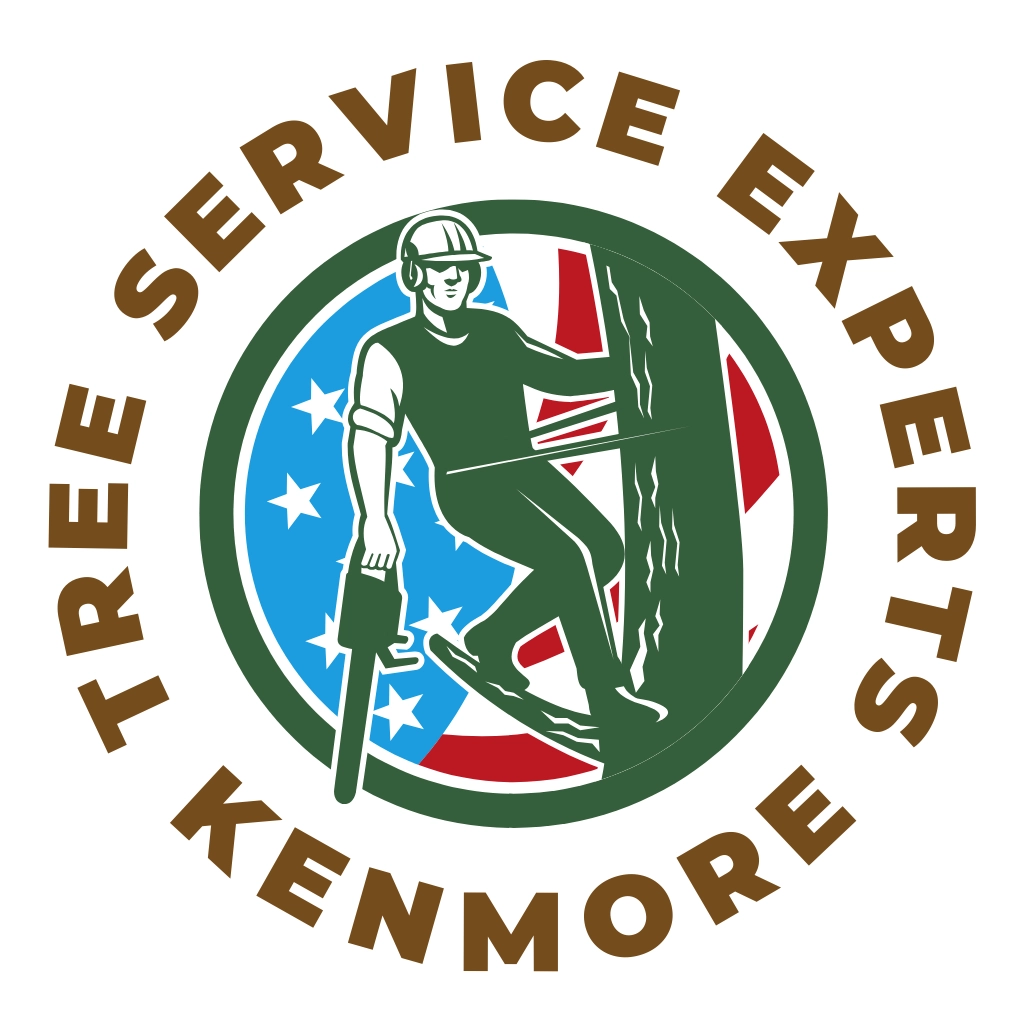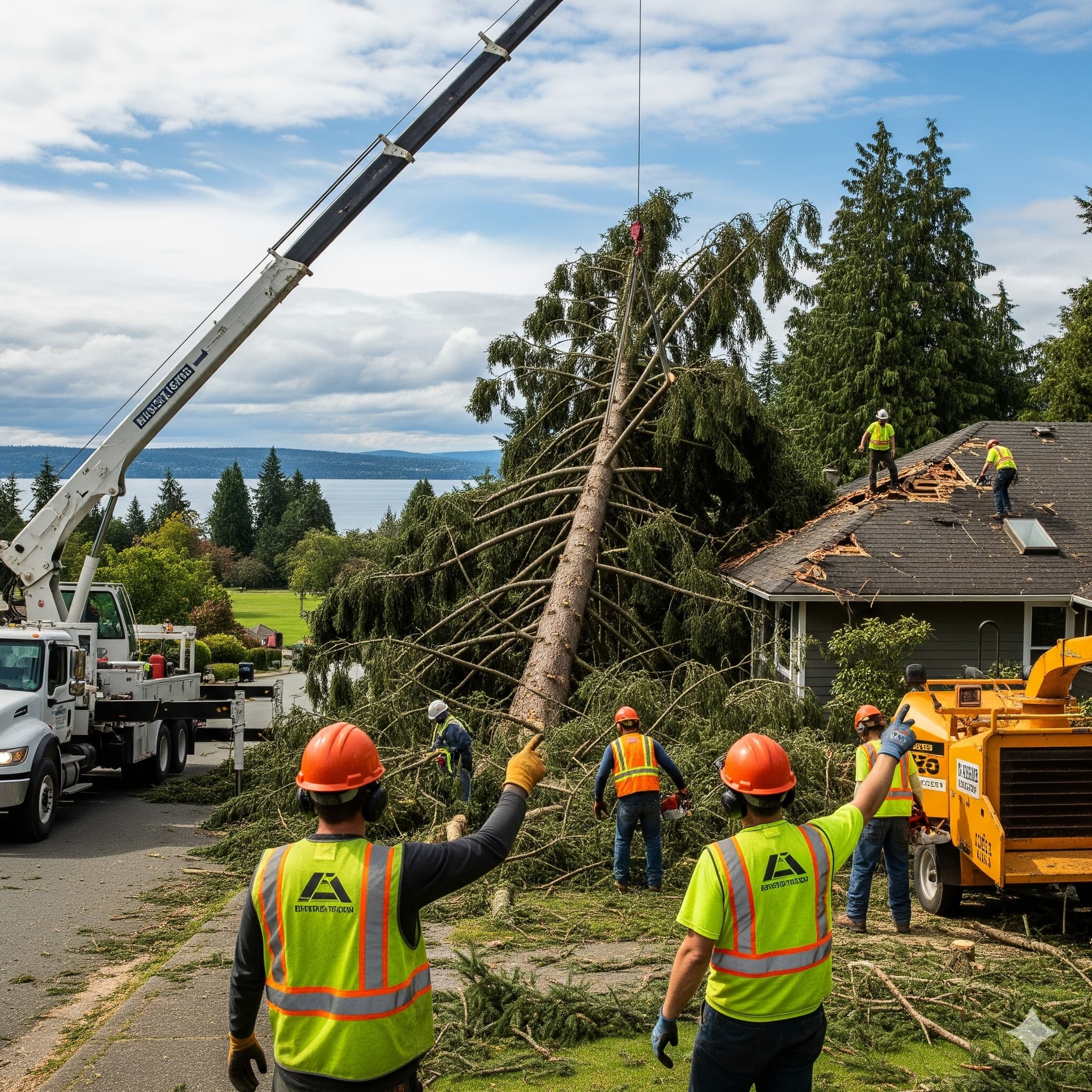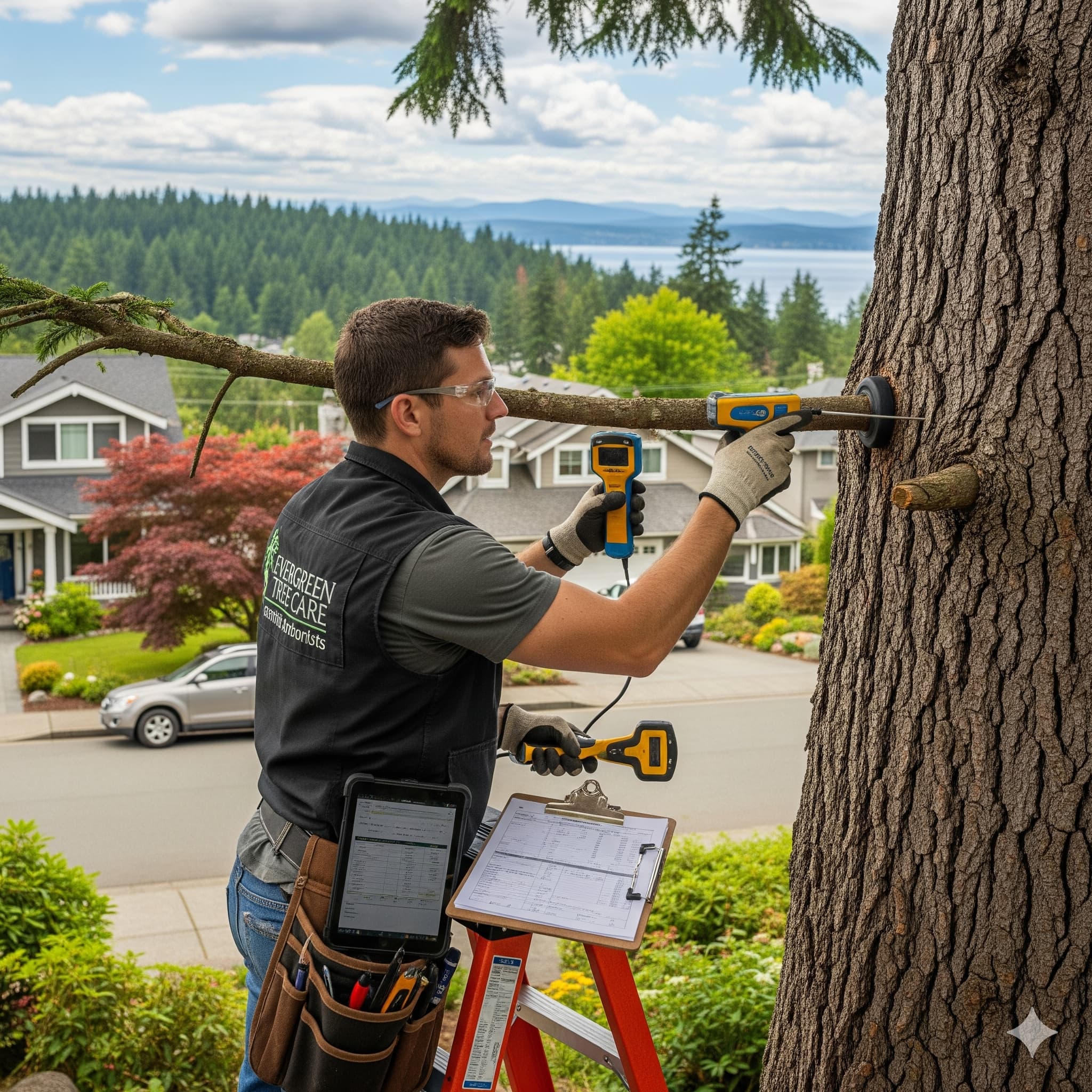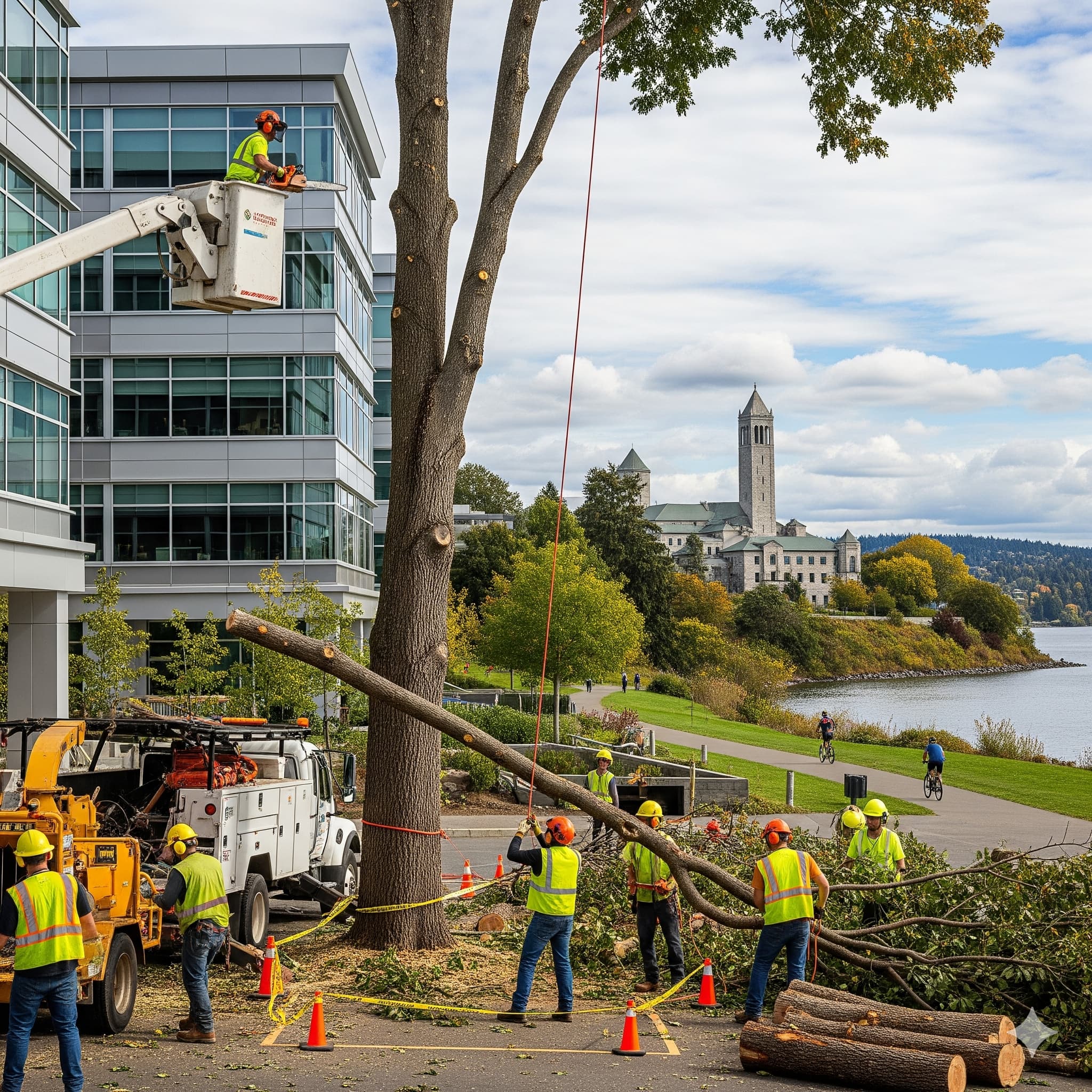
DIY Tree Care: 5 Essential Tips for Kenmore Homeowners
Tips for Kenmore Homeowners
Proper tree care is crucial for maintaining the health and beauty of your landscape. While some tasks require professional expertise, there are many things Kenmore homeowners can do to care for their trees. Here are five essential tips, along with detailed explanations:
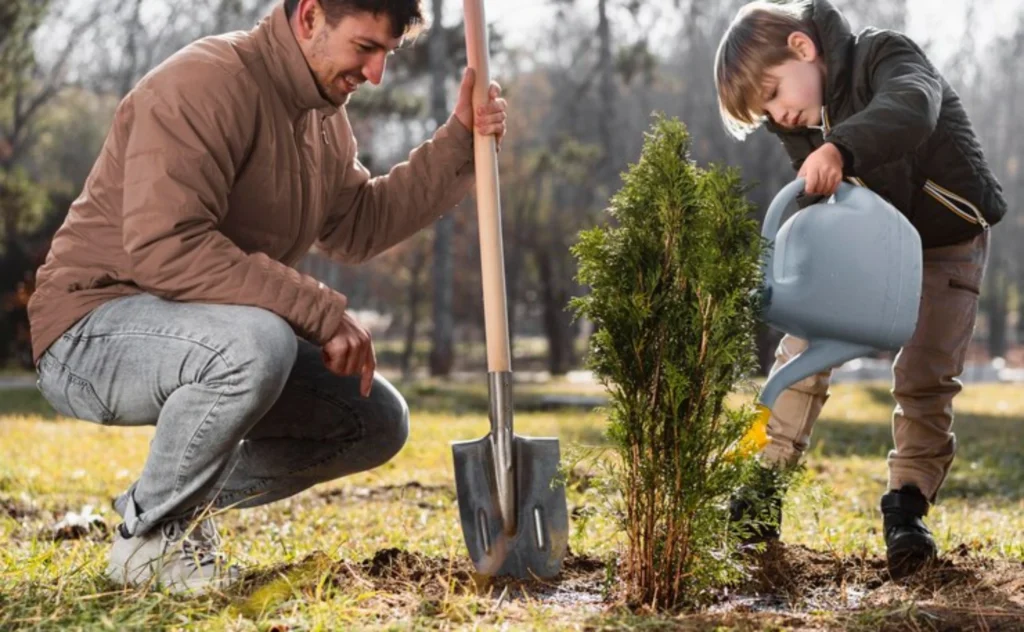
Water deeply but in frequently:
- Encourages deep root growth, increasing drought resistance
- For established trees, water to a depth of 12-18 inches
- Use a soaker hose or drip irrigation for efficient watering
- Water early in the morning to reduce evaporation
- Adjust watering based on rainfall and soil moisture levels
- Generally, trees need 1 inch of water per week during growing season
Mulch around your trees:
- Use organic mulch like wood chips or bark
- Apply a 2-4 inch layer, keeping mulch away from the trunk
- Extend mulch to the tree’s drip line (edge of canopy) if possible
- Benefits include moisture retention, weed suppression, and soil temperature regulation
- Replenish mulch annually or as needed
- Avoid “volcano mulching” which can lead to root and trunk issues
Prune strategically:
- For deciduous trees, prune in late winter before spring growth
- For evergreens, prune in late summer after active growth has slowed
- Remove dead, diseased, or crossing branches first
- Make clean cuts just outside the branch collar
- Avoid removing more than 25% of live branches in a single season
- Use clean, sharp tools to prevent damage and disease spread
Monitor for signs of pests or diseases:
- Regularly inspect leaves, branches, and trunk
- Look for discolored leaves, unusual growth patterns, or visible pests
- Common issues in Kenmore include aphids, root rot, and various fungal diseases
- If you notice problems, take photos and consult with a professional arborist
- Early detection often leads to more successful and less invasive treatments
Fertilize cautiously:
- Get a soil test before applying fertilizer
- Over-fertilizing can lead to excessive growth and increased vulnerability to pests and diseases
- If needed, use a slow-release, balanced fertilizer
- Apply in early spring or fall for best results
- Consider organic options like compost or well-rotted manure
- Avoid fertilizing newly planted trees in their first growing season
Remember, while these DIY tips can help maintain tree health, always consult a professional for major tree care tasks, especially those involving large trees or requiring specialized equipment. Regular assessments by certified arborists can catch potential issues early and ensure the long-term health of your trees.
